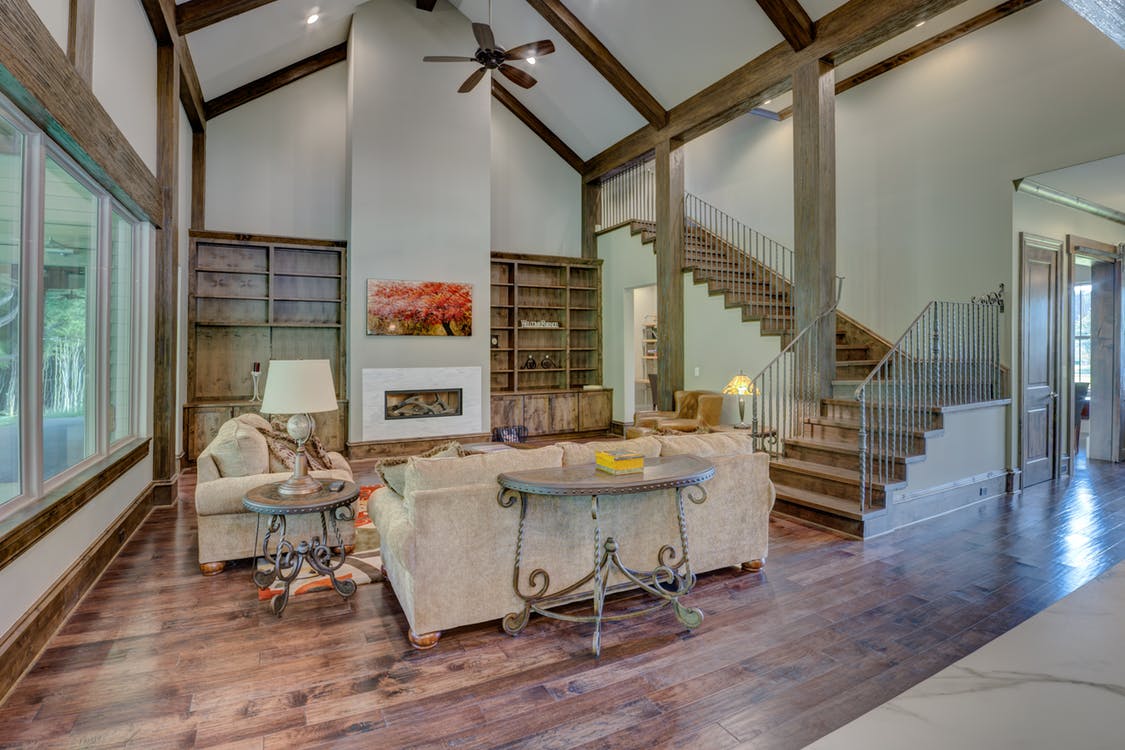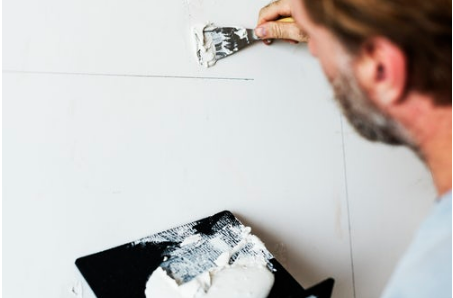Grade 2 listed buildings are one of those rare property types that people either yearn for, or avoid like the plague. The character seeking house hunters in the first camp love the idea of a home steeped in history and period features, while the cynics run a mile when they think their hands will be forever tied on changing even the smallest elements of a listed property.
While there is a modicum of truth in the belief you have to preserve and protect the original features of a grade 2 listed property, it’s fair to say for many people those simple listed credentials have them signing on the dotted line quicker than you can say ‘exposed beams’. It’s romantic, it’s historical, it’s quintessentially English.

What is a Grade 2 Listed Property?
In the UK, listed buildings are those that are considered to be of special architectural or historic interest. They are placed on a national register known as the List of Buildings of Special Architectural or Historic Interest.
Grade 2 listed buildings are those that are deemed to be of “special interest,” warranting every effort to preserve them. There are approximately 500,000 listed buildings in England alone, and around 92% of them are Grade II listed.
Grade 2 listed buildings are often important examples of architecture or design, and their preservation is deemed to be of significant importance to the nation’s heritage. They can include a wide range of structures, including residential buildings, public buildings, churches, and industrial sites. Any alterations or changes to a Grade 2 listed building require special permission from the local planning authority, and may be subject to certain restrictions or guidelines to ensure that the building’s character is preserved.
What Defines a Listed Property?
Listed properties are generally given their status because they are considerable to be architecturally significant or interesting in some way. Exceptional buildings can be given grade 1 status but 92% of listed buildings in the UK are grade 2 (or in some cases 2* for really significant examples). All properties built post 1700 that retain original features are given listed status with the majority of listed buildings dating between 1700 and 1840.
While traditional views of listed buildings are often of a fine country house or a thatched cottage, a property doesn’t have to be quaint and beautiful to be listed. Just look at Park Hill in Sheffield, brutal and imposing 1960’s flats, yet still listed because of its architectural significance as a social project. Listed city centre gems are also in abundance, especially in places like Manchester that team with mill and warehouse conversions. Modern projects certainly aren’t completely exempt of listed status, but generally, listed buildings are more than 30 years old.
Can you Renovate a Grade 2 Listed Building
It’s illegal to seriously alter a listed building without consent from the local planning authority and the consequences of carrying out work without permission can cost thousands in fines and restoration costs. Generally anything other than simple repairs is likely to require listed building consent, so if waiting up to eight weeks for a decision to change something on your home is likely to frustrate you, a listed property may not be the best option. Read up on the Grade 2 listed building rules and regulations.
Grade 2 Listed Refurbishment
Owners shouldn’t be trapped into thinking that they can’t do anything with their property, alterations such as extensions aren’t out of the question as long as planning permission and consent is sought. While I’ve heard people state that owning a grade 2 listed building essentially makes you the house caretaker for previous generations, loving owners generally find they appreciate the period features to such an extent that they wouldn’t even consider altering them. It essentially boils down to how much flexibility you expect to have with your property, but bear in mind, installing a porch on a 1990’s house will probably require planning permission too. The constraints around altering your property exist whether your home is 200 or 20 years old.
Be aware that structures on your land can also be listed before you make any major alterations. Many owners find this can be frustrating, especially if they don’t see a dilapidated old outhouse as worthy of preserving! Consider the extra costs that may be involved in restoring outside structures, often fixing stone walls will require skilled workmanship and the use of original construction materials.
Styling a period Grade 2 Property
While you may not be able to alter the exterior of your property without consent, with interior design the general rule is that you can be flexible as long as you don’t tamper with original features. It’s always worth checking with your local planning department before any essential maintenance needs to be carried out from bedroom sizes to ceiling heights, as often specialist window fitters or materials will be required to preserve the original style of the property. The philosophy of repair rather than replace is very much central to grade 2 listed building maintenance and your local planning department should be able to give you details of builders specialising in old buildings.

Can you paint a grade 2 listed building?
Usually painting the exterior of a building will require consent to ensure the building’s character isn’t affected by the colour or texture of the paint, but painting internal walls rarely requires you to seek permission. Painting over exposed brickwork, engravings and beams is generally best avoided in a grade 2 listed building and sandblasting or power washing is prohibited.

Neutral tones are generally recommended when styling a grade 2 listed property as bold, rich tones combined with a low beam ceiling can make a room appear smaller than it really is. If deep colours really do appeal to you though, painting the walls either side of a chimney breast can inject a splash of colour without overpowering the space. Trawling through antique shops for furniture and trinkets is also useful when furnishing your period property for both authenticity and cutting down on costs. Many owners of grade 2 listed properties also find that uneven floors and ceilings are common place in old houses! Although this may be slightly annoying, as long as the house is structurally secure it’s nothing to worry about but can make finding flooring tough. If your property has stunning original flagstones you’ll want to preserve them, but for home-owners opting for carpet, sisal carpet is a popular choice for uneven floors because of its strong, rough weave.

Leave a Reply